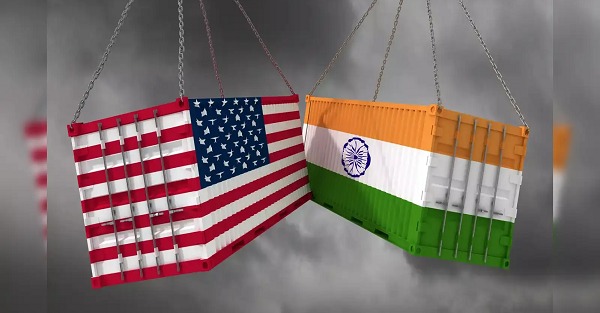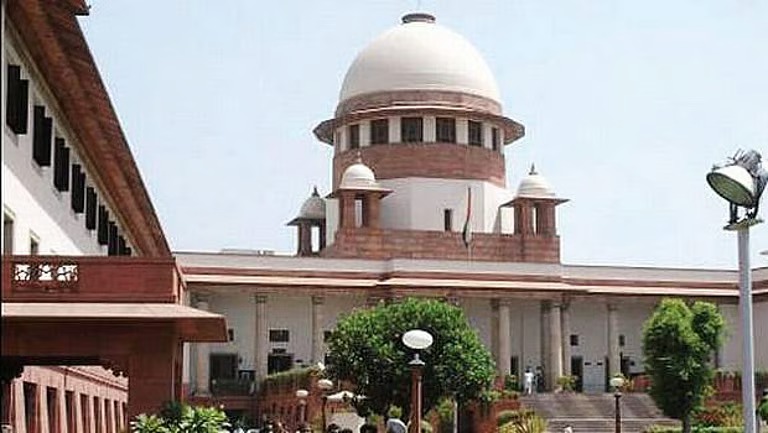L. Narasimha Reddy, J.@mdashThe appellant herein was tried by the Court of II Additional District & Sessions Judge (Fast Track Court), Medak at Sangareddy, in S.C. No. 20 of 2011, for the offence of causing the death of one Edulapally Maheshwar, son of P.W.1, on 12.08.2010. It was alleged that Maheshwar was asked at 4.00 p.m. on 12.08.2010 to take the cows for grazing, and 20 minutes thereafter, P.W.1 proceeded behind him. On the way, P.W.1 is said to have seen the accused running away, and when P.W. 1 asked the accused about his son, the latter is said to have answered that he may have gone to a different field. On proceeding further, P.W. 1 is said to have found the slippers of his son in a thrown away condition, and at a further distance, he found his son lying on the ground with an electric wire and a stick upon him. Burn injuries are said to have been found on the body of his son.
2. Soon thereafter, P.W.1 is said to have brought his son to his house, kept there for two or three hours, and took him to the Government Hospital at Zaheerabad. The doctors are said to have observed that Maheshwar was brought dead, and thereupon, P.W. 1 brought the dead body of his son to his house and submitted a complaint (Ex.P.1) at 8.00 p.m. in the police station located in the same village. Crime No. 77 of 2010 was registered alleging the offences punishable under Sections 302 and 201 IPC against the accused. The police caused the inquest and scene of offence panchnama was prepared by proceeding to the site, where the offence is said to have taken place. Inquest and post-mortem were also caused. After completion of investigation, charge sheet was filed. The accused pleaded not guilty.
3. On behalf of the prosecution, P.Ws. 1 to 18 were examined and Exs.P.1 to P. 17 were filed. M.Os.1 to 4 were taken on record. Through its judgment, dated 01.06.2011, the trial Court found the accused guilty of committing the offence punishable u/s 302 IPC and sentence of imprisonment for life and fine of Rs. 200/- was imposed. He was also found guilty of the offence punishable u/s 201 IPC and sentence of imprisonment for one year and fine of Rs. 200/- was imposed. Hence, this appeal.
4. Sri Chilumala Pratap Reddy, learned counsel for the accused, submits that even according to P.W.1, he removed the body of his son from the alleged scene of occurrence and brought it to his house, and from there, he took it to the hospital, without reference to the police. He submits that there was a serious lapse, in this behalf, and the trial Court ought not to have found the accused guilty. He further submits that in Ex.P.9 inquest report itself, it was mentioned that there are burn injuries on the body of the deceased and they can be caused through electrocution, and that the findings of the trial Court are totally perverse. He further submits that the deposition of P.W.1 is a substantial improvement upon Ex.P.1, and almost all the witnesses cited by the prosecution have turned hostile. He contends that the judgment rendered by the trial Court cannot be sustained in law.
5. Learned Additional Public Prosecutor, on the other hand, submits that the circumstantial evidence clearly established the guilt of the accused. He contends that not only P.W.1 has seen the accused running away, but also P.W.8, though turned hostile, stated that she has seen the accused running away from the place, where the body of the deceased was found. She contends that there existed ill-will and enmity between the accused and the deceased, in the context of the accused being chastised for catching tortoises from the agricultural well of the deceased.
6. Irrespective of the fact, whether a victim is educated or otherwise, whenever a serious crime is said to have been committed against him or his kith and kin, the first step expected from him is to report the matter to the police, and if there is no police station in the immediate neighbourhood, to bring the matter to the notice of the officials of the village. Further, whenever the body of a victim in a crime is found in an immobile condition, a basic verification is to be made as to whether the person is alive or not, and if it is found that the person is dead, no effort must be made to move it, till the police takes charge of it.
7. In the instant case, P.W.1 is said to have asked his son, the deceased, to go to the fields for grazing of the cows at 4.00 p.m. on 12.08.2010. There is nothing unnatural about his following his son after some time. Whether on account of electrocution or being assaulted by some one, the deceased fell on the ground with an electric wire upon him. Though P.W. 1 suspected the involvement of the accused, he did not submit any complaint in the police station, which is very much in the village. Instead, he has brought the body of his son to his house and kept it there for about two or three hours. The record discloses that one has to cross the police station, before reaching the house of P.W.1, and at least, when coming from the fields together with the body of his son, P.W.1 ought to have informed the police about the occurrence.
8. Added to this. P.W.1 has taken the body of his son to the Government Hospital at Zaheerabad, by traveling the distance of about 30 kilometers, and this time also, there is no information to the police. Curiously enough, the body of the deceased was not kept in the hospital, but was brought back to the village once again. It is only after this ordeal, that P.W.1 furnished the information to the police, and thereupon, a crime was registered.
9. The law requires the state of affairs at the scene of offence to remain as they are, till the arrival of the police followed by the completion of investigation, with reference to that place. Any meddling with them would certainly impinge upon the legality of the prosecution. In the instant case, the body of the deceased was removed from the scene of occurrence, without reference to the police, and taken to different places, before the complaint was submitted.
10. After registration of the crime, the dead body was taken to the Government Hospital, Zaheerabad and kept in the mortuary. The inquest and post-mortem were conducted at that place. In the inquest report, it was mentioned that on the right side of the chest, one burn injury of the length of about 1 1/2 inches was found and right side of the neck was found black with blue injury. The skin around that injury was also found to be black and blue. Though the cause of death is not mentioned in the post-mortem, the injuries found on the body of the deceased clearly indicate that the death may have occurred, due to electrocution. Added to that, in Ex.P. 1 as well as in the evidence of P.W.1, it was mentioned that an electric wire was found on the body of the deceased, by the time P.W.1 reached the place. No injury by any weapon or an attack by any third person was noticed on the dead body.
11. One of the circumstances that weighed with the trial Court to hold the accused guilty, is that three buttons were found at the scene of offence, and when these buttons were compared with those on the shirt of the accused, they were found to be similar. The so called tracing of the buttons was four days after the date of occurrence. The arrest panchnama and the other steps, that are taken by the police, would not at all gain the confidence of this Court. Everything was a stage managed affair, only to implicate the accused. When the evidence clearly discloses that the death can be on account of electrocution, there was absolutely no basis for the trial Court to find the accused guilty.
12. Hence, the Criminal Appeal is allowed and the conviction and sentence ordered against the appellant/accused, in S.C. No. 20 of 2011 on the file of II Additional Sessions Judge (Fast Track Court) at Sangareddy, through judgment dated 01.06.2011, are set aside. The appellant shall be set at liberty forthwith, unless his detention is needed with reference to any other crime. The fine amount, if any, paid by the appellant shall be refunded to him.

